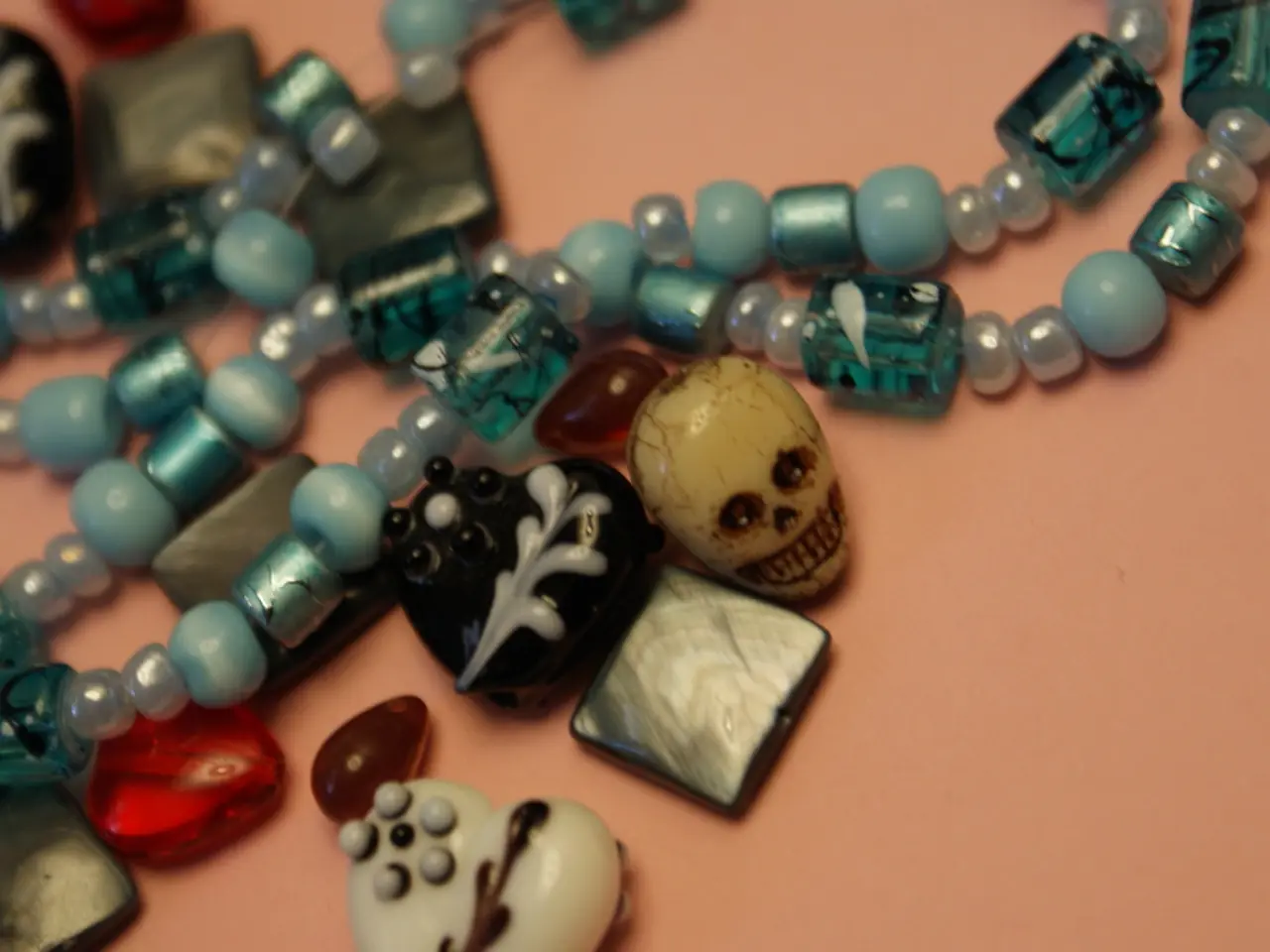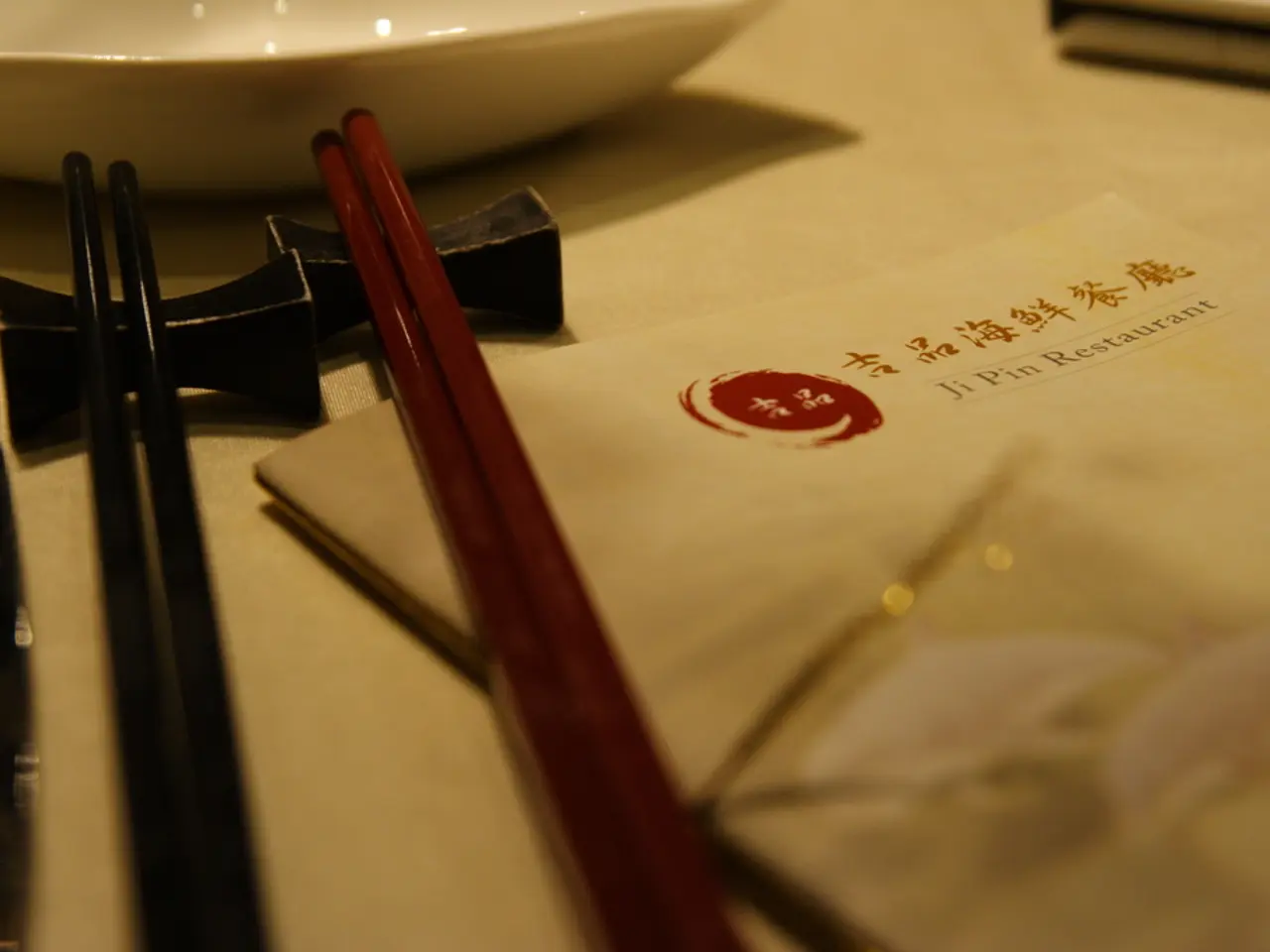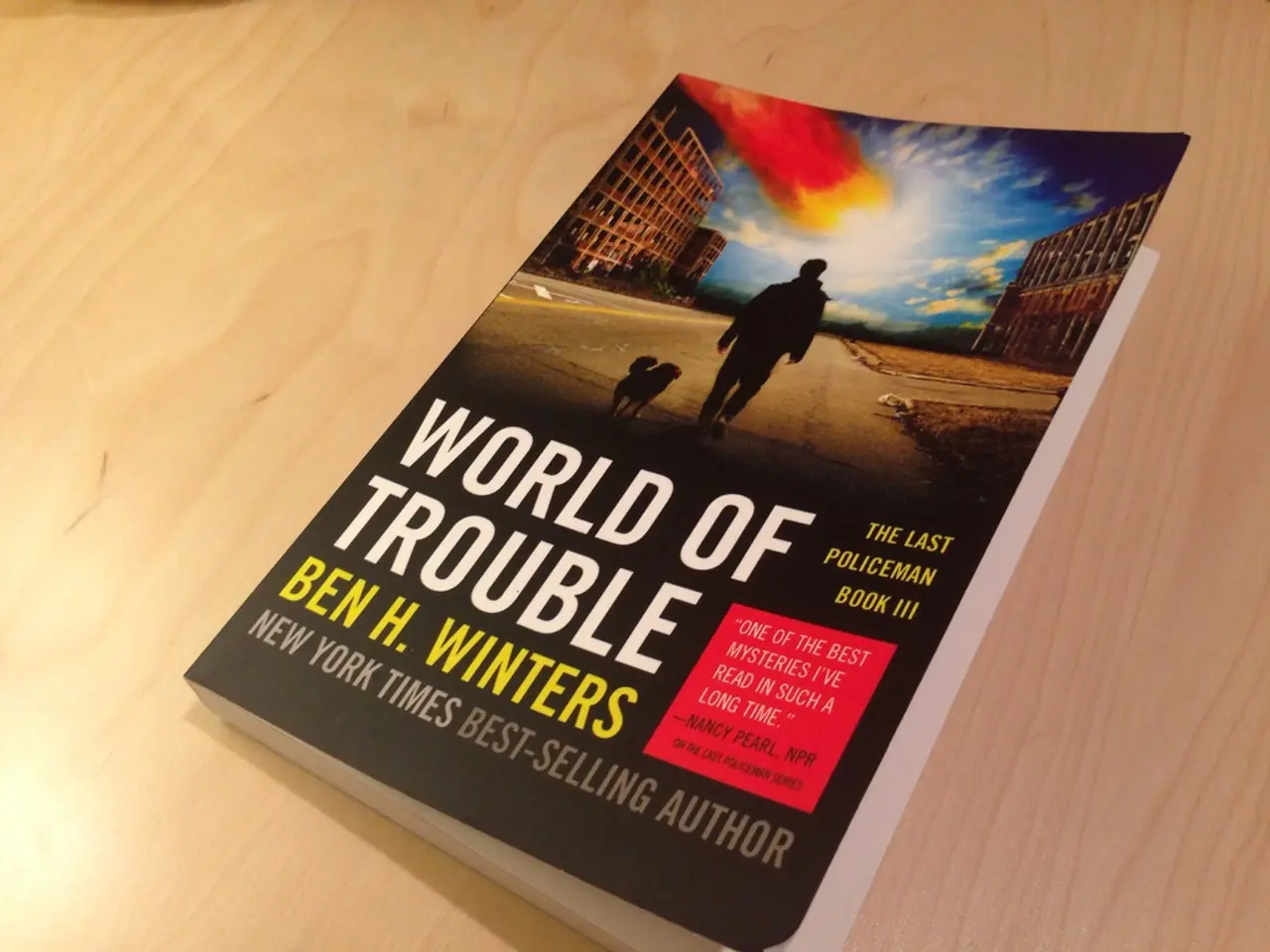Information Regarding Heliodor's Worth, Pricing, and Jewelry Details
In the world of gemstones, the differences between heliodor and golden beryl can sometimes be a source of confusion. According to some gemological references, the principal distinction lies in their colour distinctions. Heliodor, which means "gift from the Sun", is often associated with a greenish-yellow hue, whereas golden beryl refers to those with a pure yellow to gold colour [1].
However, this distinction is not universally accepted. Some experts, like gemologist Walter Schumann, consider heliodor not as a separate variety but as simply "weak-coloured" golden beryl [1]. Both heliodor and golden beryl are valued for their durability and clarity, and can be found in jewelry and carving-sized stones.
Despite the potential overlap in their colour range, notable, sizable heliodors can be found in museum collections. The British Museum (Natural History) in London, England, houses an 82.25 carat yellow heliodor. The Royal Ontario Museum in Toronto, Ontario, Canada, displays a 77.8 carat yellow, step cut, Brazilian heliodor. The Smithsonian Institution in Washington, D.C. showcases a 2,054 carat greenish yellow, rectangular step cut, Brazilian heliodor [2].
Ukraine has produced rough that has yielded faceted heliodors up to 2,500 carats in weight. Some cabbed heliodors may show chatoyancy, a "cat's eye" effect. Heliodors make durable jewelry stones, whether faceted or cabbed.
Interestingly, greenish yellow heliodors can be heated and turned into aquamarines. Treatments applied to heliodors include heating, impregnation, and dyeing. However, controversy surrounds heliodors from Zelatoya Vada, Tajikistan, which may be treated aquamarines and/or colourless beryls (goshenite) [2].
Heliodors free of inclusions can be cleaned using mechanical systems, but a gemologist should examine the gems first to identify any potential weaknesses. The name "heliodor" originated as a trade name for golden beryl from Roessing, Namibia.
Heliodors can be found in a range of yellow colours, from pale yellow to deep golden orange. Other sources of heliodors include Afghanistan, Cambodia, China, Finland, India, Kenya, Malawi, Mozambique, Myanmar, Nigeria, South Africa, Sri Lanka, Tanzania, Zambia, and Zimbabwe. Manufacturers can synthesize heliodors via flux and hydrothermal methods, and these lab-created stones may be found in jewelry.
Top values for heliodor go to gems with high clarity and good colour. Prismatic heliodor crystals may have naturally etched faces due to changes in the chemical composition of the crystal's growth medium. Heliodors can also be used for carving due to their large sizes.
Significant sources of gem-quality heliodors include Brazil, Madagascar, Namibia, Russia, Ukraine, and the United States (Connecticut, Maine, and New Hampshire). Heliodor is a member of the beryl family. Heliodor can be faceted for jewelry use.
References: [1] Schumann, W. (2004). Gemstones of the World. Dornbirn: Schiffer. [2] International Gem Society. (n.d.). Heliodor. Retrieved from https://www.gemsociety.org/article/heliodor/ [3] GemSelect. (n.d.). Heliodor. Retrieved from https://www.gemselect.com/gemstones/heliodor.html
- After being heated, greenish yellow heliodors can transformation into aquamarines, and controversy exists regarding heliodors from Zelatoya Vada, Tajikistan, which may be treated aquamarines and/or colorless beryls (goshenite).
- Auction houses often feature heliodors, as they are valued for their durability and clarity, and can be found in museum collections such as the British Museum (Natural History) in London, England, and the Royal Ontario Museum in Toronto, Ontario, Canada.
- Although gemologist Walter Schumann considers heliodor not as a separate variety but as "weak-coloured" golden beryl, notable, sizable heliodors can be found in jewelry pieces, with Ukraine producing rough that has yielded faceted heliodors up to 2,500 carats in weight.




